This website uses cookies
This website uses cookies to enable it to function properly and to analyse how the website is used. Please click 'Close' to accept and continue using the website.


Villa Winternitz, Prague, Czech Republic
Sleeps: 2
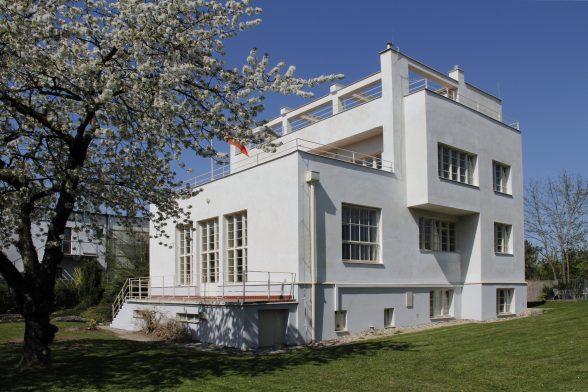
Photo: courtesy Villa Winternitz
1932
Architects: Adolf Loos and Karel Lhota
Sleeps: 2
After a guided tour of this lesser known villa of the legendary architect Adolf Loos, the staff will give you the keys to the building and then return in the morning to serve you breakfast.
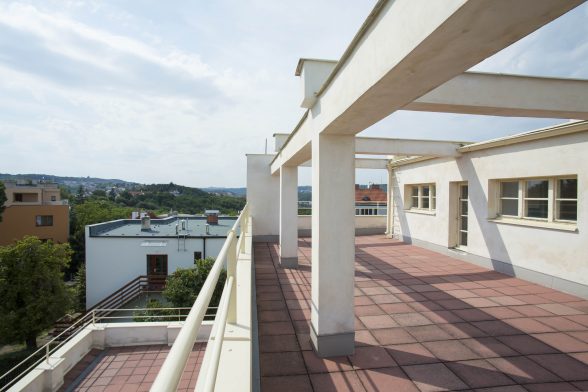
The villa was built by Adolf Loos and Karel Lhota for Prague lawyer JUDr. Josef Winternitz as a family home for his wife Jenny, daughter Suzana and son Peter. Loos was one of the most influential European architects of the late 19th century and this is his last building to be completed in his lifetime.
It features his characteristic “raumplan,”an innovative spatial concept dividing a building into interconnected multi-level spaces, which is also exemplified in Villa Muller in Prague. At Winternitz, the interior is structured into a sequence of stepped areas including an impressive double-height living room, a dining room and a drawing room with interior wall cut-outs framing views into adjoining rooms. This contrasts with the simple cubic shape and white, austere façade of the villa, divided only by terraces and windows and embodying the principles expounded by Loos in his seminal essay “Ornament and Crime”in which he expounded a lack of ornament in architecture as a sign of spiritual strength.
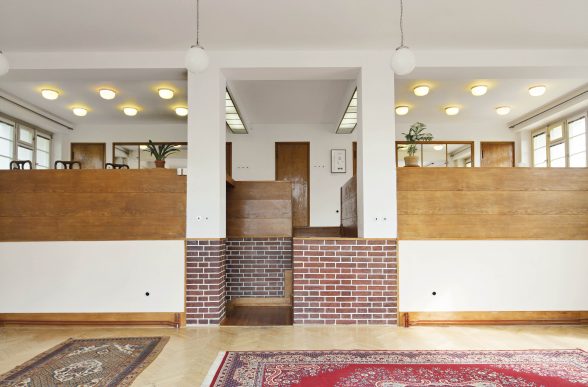
The family lived here until 1941, when they were forced to transfer the villa to the Auswanderungsfond für Böhmen und Mähren (Emigration Fund) under the pressure of racial persecution. The whole family was transported to Terezín in 1943 and later to the Auschwitz concentration camp. Here Josef and his son Peter both died in the gas chamber immediately after their arrival. Jenny Winternitz and her daughter Suzana were forced to work in the transmission factory, where they survived the winter until the end of the war thanks to the heat from the machines.
After the war, they returned to Prague, but never returned to their family house. Although their claim of the return of the villa was recognized by the Czechoslovak state and the ownership right was renewed for JUDr. Josef Winternitz, the state imposed an inheritance and millionaire tax on heirs. The return of the villa was conditioned by the fulfillment of these payment conditions and was burdened by foreclosure. Due to the fact that Jenny and Suzana had no property or income and were not able to meet these conditions, they offered the villa to the Czechoslovak state in return for the cancellation of foreclosures and other claims.
The villa was returned to the descendants of the family following the claims of restitution. The family decided to renovate the building to its original 1930s condition and reconstruction took place between 1999-2002 and the whole family was involved in person. The remarkable result of the reconstruction into its original form is only thanks to the immense energy and work of Ing. Stanislav Cysař, the grandson. Since 2017, the villa has been open to the public and it is possible to visit it as part of a guided tour or a cultural programme.
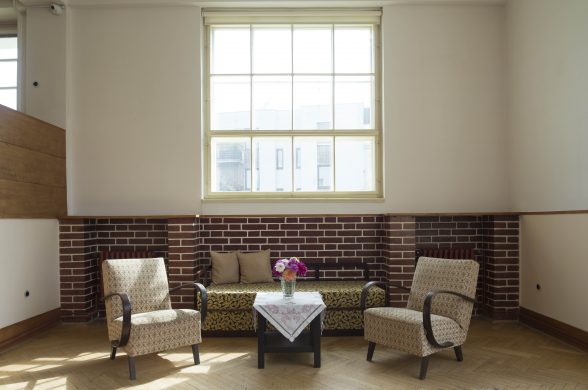
It is also possible to rent out the whole villa for a night for two people, from between 230 to 310 Euros. After the guided tour, the staff will give you the keys to the building and then return at 10 am in the morning to serve you breakfast.
Adolf Loos (1870 – 1933) was one of the most influential European architects of the late 19th century and is noted for his literary discourse that foreshadowed the foundations of the entire modernist movement. Loos studied architecture in Liberec and Dresden and was influenced by his three-year stay in the United States (1893-96) where he was impressed by the innovative efficiency of American industrial buildings. As well as his private houses he is best known for his projects in Vienna such as the Goldmann & Salatsch building on Michaelerplatz, the Café Museum and the Karntner (American) Bar.
The C20 Society organised a trip to Prague and Pilsen in the spring of 2019, which included a visit to the Villa Winternitz as well as a number of other Loos buildings.

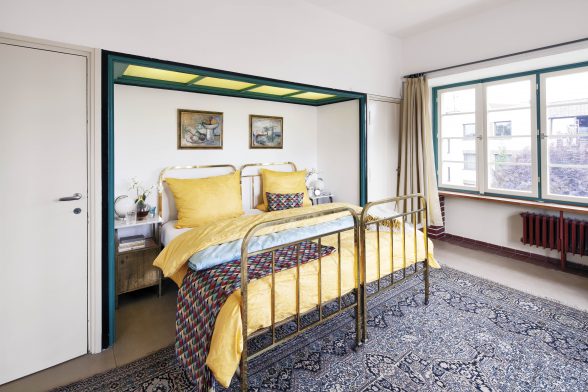

Become a C20 member today and help save our modern design heritage.
Comments